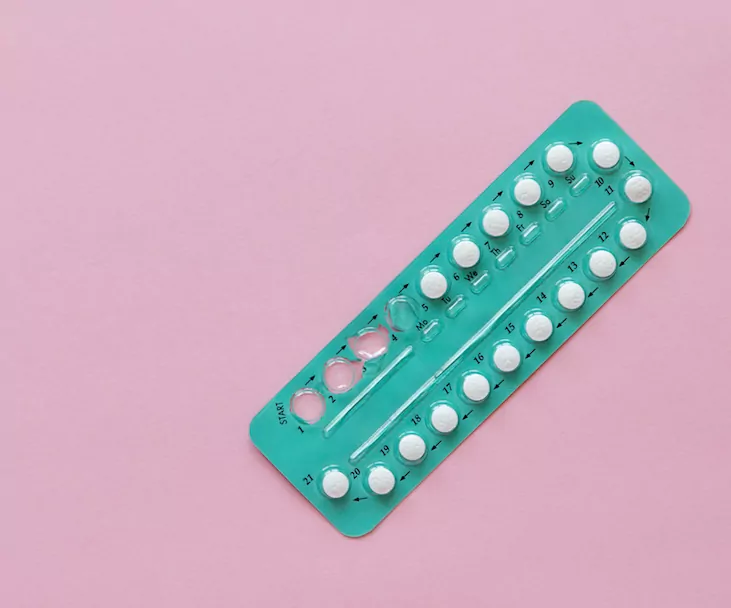Polluter pays principle in removing residues of hormones, medicines and other dissolved pollutants from wastewater
Last year, the birth control pill celebrated its 50th anniversary. For years, however, hormone residues have been detected more and more frequently in groundwater and thus also in tap water. This is because women absorb only about 10-20 per cent of the artificial oestrogen in a pill; the rest is excreted – incompletely broken down. The same applies to medicines. Over the years, hormone and drug residues inevitably find their way from wastewater into drinking water. The degradation products continue to be biologically active; even minimal amounts of one microgram (1,000th of a milligram) can result in considerable biological effects. For example, the Ruhr University in Bochum found out in a study that the sperm count in men has been decreasing for years, while the number of testicular cancer cases has been increasing. The scientists attribute this to hormone residues in drinking water and food and are working to prove this thesis.
Residues of hormones and medicines form a cocktail, about whose long-term effects and the interaction of the individual active substances nothing is known so far. However, the German Drinking Water Regulation (Trinkwasserverordnung) does not yet stipulate that these substances be monitored. On the one hand, this is because measurement is very complex and has only been possible for a short time; on the other hand, the removal of hormones and medicines from tap water is time-consuming and expensive. In order to be able to remove dissolved residues of hormones, medicines, but also pesticides or phenols from the water, wastewater treatment plants and drinking water treatment plants must be equipped with a so-called 4th purification stage based on activated carbon. However, only very few plants today already have activated carbon filters that effectively bind such residues. For cities with more than 100,000 inhabitants, this will probably only become mandatory from 2035 and would increase the costs of drinking water treatment enormously.
According to a proposal for the revision of the current municipal wastewater directive by the EU Commission, the polluter-pays principle should therefore make it possible in future to finance wastewater treatment in a way that is fair to the polluter. According to this, manufacturers of correspondingly harmful substances such as pharmaceuticals, hormones or phenols (PFOA) would be responsible for their residues and would have to contribute to the costs of water treatment. In this way, a sustainable solution for contamination could be created. The goal must be to avoid or reduce substance inputs according to the harmfulness of substances.
But it will be many years before the 4th purification stage is introduced and dissolved pollutants can be removed from the water across the board. If you want to avoid such substances in your drinking water today, you have to treat your tap water yourself with activated carbon. Seccua’s multi-stage drinking water treatment systems already ensure that no dissolved pollutants remain in drinking water. For example, a Seccua Urspring ultrafiltration system in combination with the Seccua biofilter ensures that the drinking water in the whole house is hygienic and pure – without the use of chemicals or irradiation. The low-cost under-sink solution Seccua MK7 also effectively removes dissolved pollutants at the point of withdrawal with its three-stage filter system.
